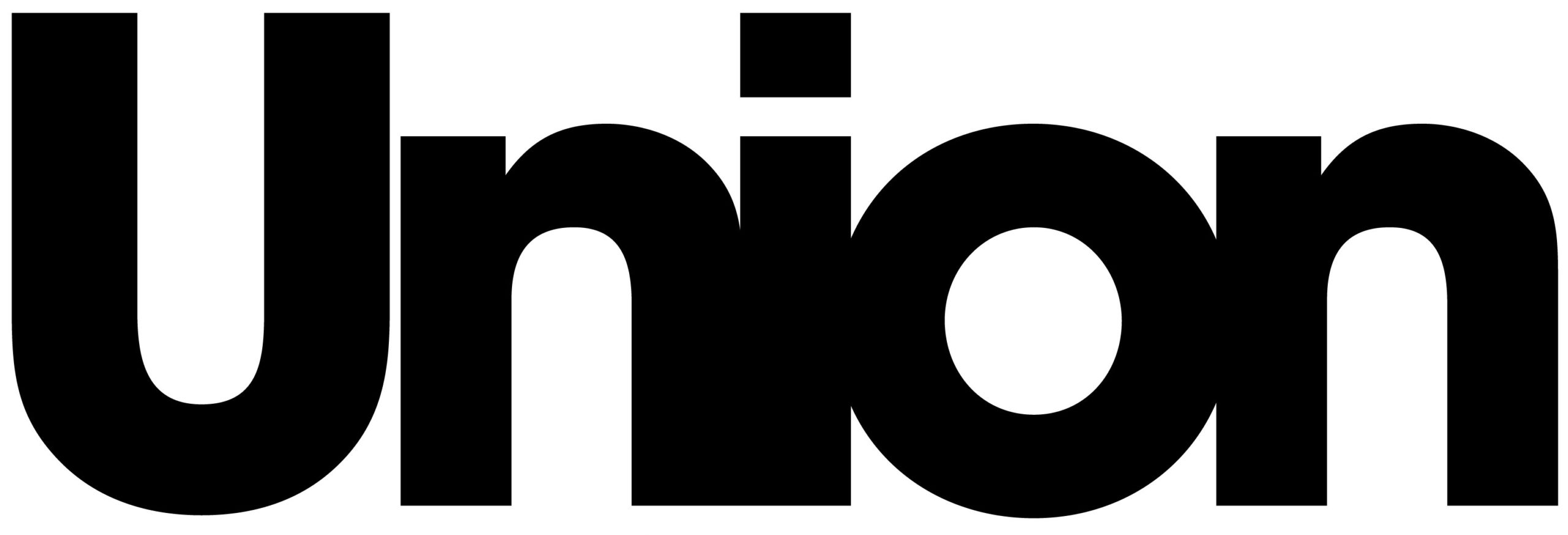Quick Contact
Need Help?
Please Feel Free To Contact Us. We Will Get Back To You With 1-2 Business Days.
info@snmgroup.ca
(416) 898-1129
YEAR-END TAX PLANNING TIPS FOR TFSAS AND RRSPS
Most Canadians are aware that the deadline for contributing to one’s registered retirement savings plan (RRSP) is 60 days after the calendar year end. Many also know that contributions to a tax-free savings account (TFSA) can be made at any time during the year. Consequently, when Canadians start thinking about year-end tax planning or saving strategies, RRSPs and TFSAs aren’t often top-of-mind. The fact is, however, that there are some situations in which planning strategies involving TFSAs and RRSPs have to be put in place by the end of the calendar year; some of those are outlined below.
FINANCING EDUCATION THROUGH A LIFELONG LEARNING PLAN
One of the many changes resulting from developments in Canada’s economy over the past quarter century has been the need for, more or less, continuous learning. At one time, it was possible to set a career goal, acquire the necessary training or skills for that work and make a lifelong career in that field. It’s abundantly clear that that is no longer the reality for most Canadian workers, whatever their field of work.
CLAIMING A DEDUCTION FOR PROFESSIONAL AND UNION DUES
The Canadian tax system is a complex one, and while there are some deductions and credits—like RRSP contributions or charitable donations—which are familiar to just about every taxpayer, others are not so well known. One of those is the deduction which can be claimed by any taxpayer who must pay union dues or professional fees or professional liability insurance premiums.
FEDERAL GOVERNMENT ISSUES UPDATE OF ECONOMIC AND FISCAL PROJECTIONS FOR 2015
Generally speaking, and absent extraordinary circumstances, the federal government issues two major economic and fiscal documents each year. The first is the federal Budget, which is usually delivered in the late winter or early spring, and outlines the government’s plans and projections with respect to federal government revenues and expenditures for the upcoming (April 1 to March 31) fiscal year, along with any new tax measures which the government intends to implement. About halfway through the fiscal year, usually during month of October, the federal government releases its Economic and Fiscal Update.
THE TAX IMPLICATIONS OF HOLIDAY GIFT-GIVING
It seems not entirely in the spirit of the upcoming holidays to be talking about potential tax liability arising from holiday gifts. And it should be noted that, in the vast majority of cases, there are no tax consequences to such gifts. Where, however, gifts are provided by an employer to employees, unintended (and unwelcome) employee tax liability can be the result.
UNDERSTANDING THE OAS “RECOVERY TAX"
Old Age Security (or OAS) is one the two main components of Canada’s government-sponsored retirement income system—the other being the Canada Pension Plan (CPP). There are also federal and provincial supplements which are available to lower-income seniors. While many retired Canadians receive both OAS and CPP benefits every month, the two plans are quite different.
YEAR-END TAX PLANNING TIPS
The Canadian income tax system, as it applies to individuals, operates on a calendar year basis. While there are a few exceptions (RRSP contributions and pension income splitting being the important ones), the general rule is that, in order to be effective for a particular taxation year, tax planning strategies must be implemented before the end of that year.








